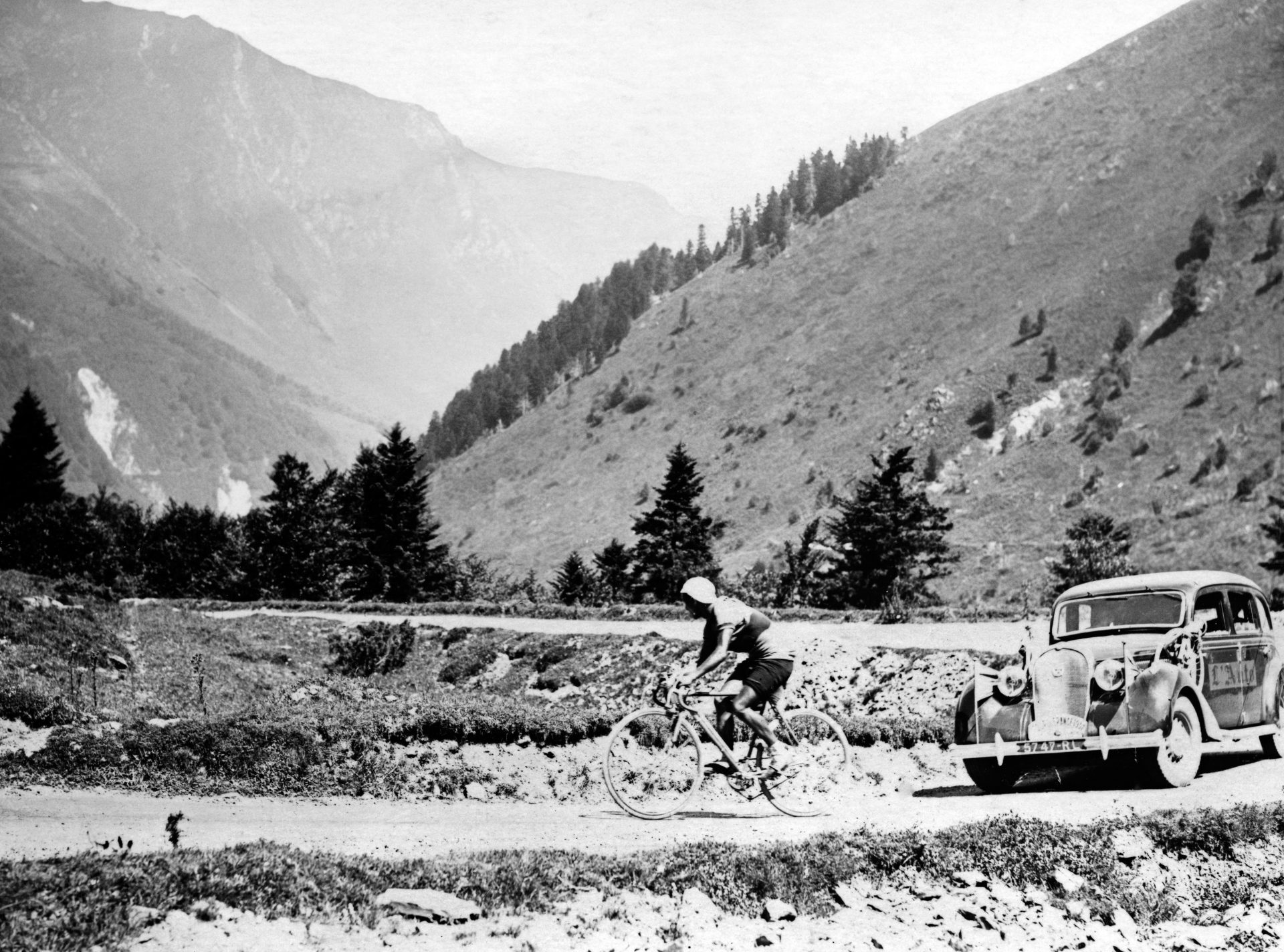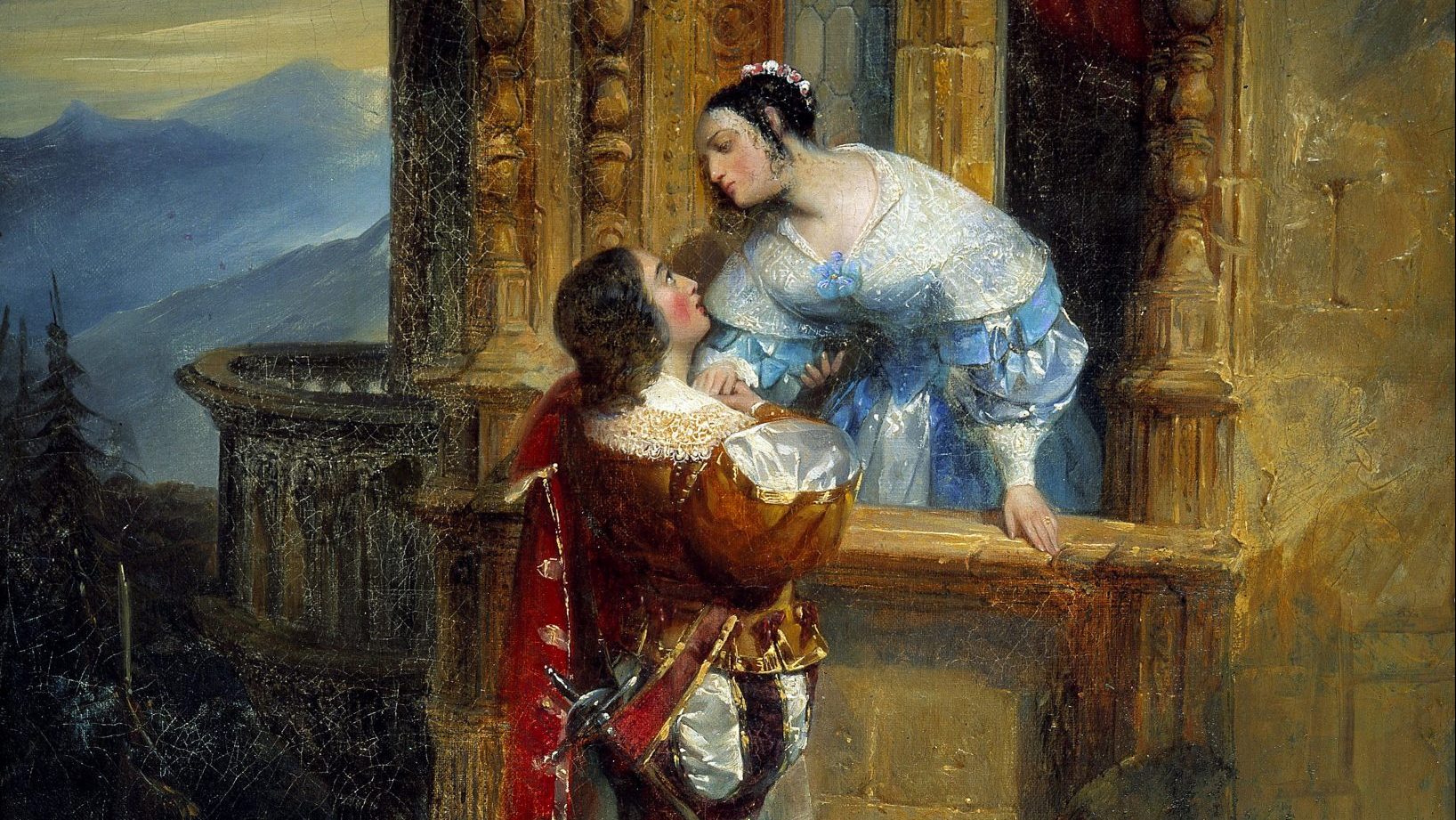When the time comes to look back on the last couple of years, I wonder how we’ll define it? Everyone’s experience will have been different: there are people who contracted the virus, those who lost someone close to them or found themselves out of work.
Some people have remained largely unaffected, others have spent the pandemic whining about draping a cloth over part of their face for a 20-minute turn around Asda and believing any old Facebook cobblers about vaccines being made of bin juice and children.
Many compare the anxiety, restrictions and disruption experienced over such a sustained period to be the closest they’ll come to living through a war, one in which bombs and bullets are replaced by the exhales of strangers.
Tim Moore certainly thought so, at least until he explored a landscape and people still haunted by one of the most vicious conflicts ever to blight this continent.
It’s fair to say that in the chronicle of modern history the Spanish Civil War has been overshadowed by other, larger events, not least the whopping global ding-dong that came hot on its heels in 1939.
That shouldn’t diminish the horror. Half a million people died, nearly half of them the result of executions, torture and lynching rather than battle.
It brought fascism to the Iberian peninsula and after the conflict, Franco’s regime set about reprisals against the defeated Republicans and other perceived opponents with relentless enthusiasm: incarcerations, disappearances and executions were carried out on the flimsiest of pretexts until the General’s death in 1975.
Tim Moore is one of these islands’ most consistently excellent travel writers. With wry observations and zinging wit, for more than two decades he’s produced travel books that range from driving across Trump’s America in a Model T Ford to tracking down the performers who failed to register a single point at the Eurovision Song Contest.
A keen cyclist, in 2000 he rode the route of the Tour de France for French Revolutions and 14 years later Gironimo! saw him retrace the route of the notoriously gruelling 1914 Giro d’Italia.
Finding himself thumb-twiddling during the early days of the first lockdown, Moore read about the 1941 edition of the Vuelta de Espana, one of Europe’s trio of classic road races, and, on the back of some gentle trundles around deserted west London streets, took it upon himself to follow the route of the race. At the height of summer. During a pandemic.
What attracted him most to this particular itinerary was the story of its winner, Julián Berrendero, a gifted cyclist and mule-stubborn grumpy trousers whose single-minded dedication to winning earned him few friends but plenty of fans.
The Spanish Civil War broke out during the 1936 Tour de France, where most of the Spanish riders including Berrendero expressed their support for the Republicans. On returning to Spain in 1939, having been reassured by friends it was safe to do so, he was arrested as soon as he stepped off the train and disappeared into a concentration camp for a year and a half.
Released by a keen amateur cyclist in charge of the camp who had recognised him, just three months later Berrendero lined up at the start of the first Vuelta held under the Franco regime, one of 32 riders competing in, at 4,442km, the longest and most demanding race in Spanish cycling history, and won.
Last summer Moore flew to Madrid during what turned out to be a brief window of opportunity between lockdowns, borrowed a bike made by Berrendero’s own company in 1975, the year of Franco’s death, and set off around the country in pursuit of his hero.
Moore is renowned for the self-deprecating humour with which he illustrates his odysseys. He succeeds because his adventures always stay the right side of gimmickry and he’s good company on the road. Narrative travel writing, especially the comic variety, inevitably focuses on the writer and too many books fail because the author considers themselves vastly droller and more fascinating than they actually are. Moore, by contrast, knows he’s the conduit of the story, not its sole focus.
Never has this been more apparent than in Vuelta Skelter. Covering 4,400km on a bike is a big ask on its own. Doing it in temperatures regularly exceeding 40 degrees is an even bigger ask. Throw in a global pandemic and effectively riding around the rim of one of Europe’s biggest open historical sores and the ask becomes so big a billionaire narcissist would have to swerve his spaceship around it.
Vuelta Skelter is among the first travel books to emerge from the pandemic and Moore’s Covid travails are well-documented without being over-egged. There are nervous hotel receptionists, shopkeepers who react with horror when he fails to sanitise his hands on entry and the occasional barked reminder to wear his mask, but sensibly he doesn’t overplay the references because he has a bigger story to tell.
On day one in Madrid he’s already battling 40-degree heat, barely making it out of the capital before “the dizzy sweats of hypoglycaemia came served with a side order of ominous leg tremors”. Hours of riding across featureless dusty plains on an occasionally uncooperative bike with a satnav system programmed with cheerful recklessness could make for dull reading, but Moore’s research is deep and his eye for an anecdote canny enough that he makes an engaging travel companion even when he’s so sweatily exhausted he’s practically smelling colours.
If Vuelta Skelter is lighter on gags than his other books, it’s because everywhere he goes seems to have some connection to an unspeakable civil war atrocity.
At Zafra, for example, we learn of a psychotic priest who boasted of murdering more than 100 people including five Republicans hiding in a cave who he forced to dig their own graves, then shot them in the legs, rolled them into the freshly dug holes and buried them alive. He remained a parish priest until his death in 1973.
He’s far from the only nutcase rewarded with a cosy dotage, either. The Vuelta’s race referee Manuel Serdan, “a brutal old loon”, withheld stage prize money if he felt the riders hadn’t tried hard enough in sweltering conditions riding machines with no gears. He was obsessed with ‘water drunkenness’, having convinced himself that staying hydrated was somehow unmanly. “The true aces will drink only four sips of water in ten hours,” he claimed, and would drive through the peloton in the race car snatching water bottles from startled riders mid-swig.
“You may not be surprised to learn,” writes Moore, “that Manuel Serdan wound up as head of the Spanish Cycling Federation.” It’s the overwhelming carnage of the war that really hits home, arguably conveyed with more impact in this format than in a straight-up history of the war. Yet for a genre that flourishes on chance conversations and encounters on the road, Moore extracts these stories not from a wistful local sitting at a table under the stars in a village square sharing a tinto de Verano (red wine and lemonade. Yeah, I know) but from a combination of the internet and history books.
Moore isn’t far into his epic ride before he notices that whenever he brings up the conflict in conversation it’s followed by an awkward silence as a “distant, helpless half-smile” passes over the face of the person he’s talking to.
“It was as if the whole nation had been programmed to steer clear of this awful moment in its history, to switch themselves off when it came up,” he writes. “El pacto del olvido, they call it: the pact of forgetting”.
It’s a phenomenon not restricted to conversation either: in Berrendero’s autobiography, admittedly written in 1949 with Franco in power, he glosses over his incarceration, referring to it only as a period when his racing licence was suspended.
In the hands of a lesser writer, Vuelta Skelter could have been a relentless litany of atrocity and injustice or a travelling circus of self-regarding slapstick, but Moore pitches his account just right.
The levity is necessary to contextualise the darkness and – other than a passage in which Italians don’t come out well from a series of comparisons to the Spanish – the jokes are always at his own expense. This respectful, eye-opening ride through the post-traumatic legacy of a bitter conflict also confirms that, as Moore admits, what we’ve just lived through is nothing like a war.
Vuelta Skelter: Round the Remarkable 1941 Tour of Spain by Tim Moore is published by Jonathan Cape, price £20




